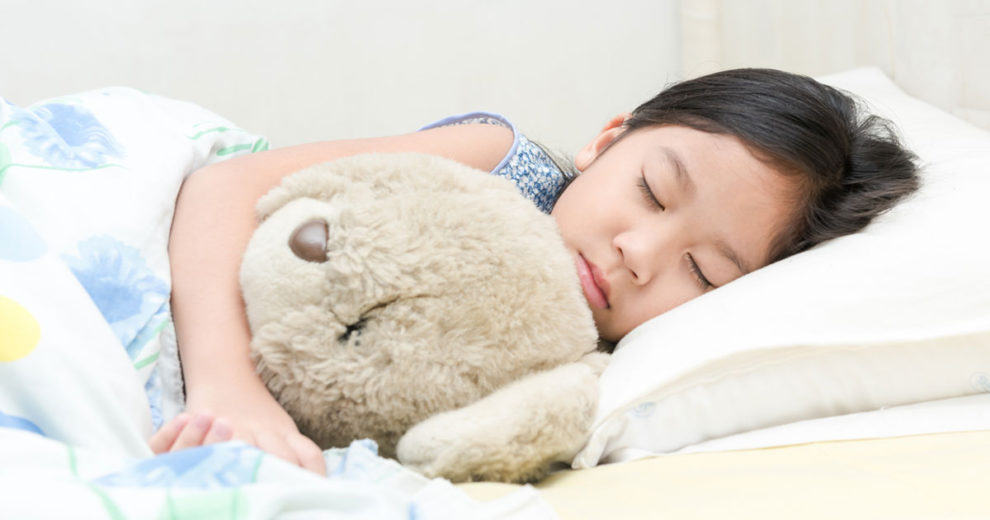Sleep isn’t just about recharging after a long day; it plays an indispensable role in a child’s growth, both mentally and physically. But how much sleep is actually enough? And does it change as a child grows older?
The Significance of Sleep in a Child’s Life
Adequate sleep is paramount for children’s overall health, cognitive function, and emotional well-being. Sleep plays a crucial role in memory consolidation, cognitive development, and maintaining the optimal function of the immune system.
Sleep Needs by Age Group
Infants (0-6 months): Sleep Patterns and Duration
During these initial months, babies predominantly experience REM sleep, crucial for their rapidly developing brains. Infants might sleep for 14-17 hours a day, often broken up into multiple naps and nighttime periods.
Older Infants (6-12 months): Sleep Duration and Regularity
By this age, most babies begin sleeping through the night and take 2-3 daytime naps. On average, they sleep between 12-15 hours a day.
Toddlers (1-3 years): Nap Times and Night Sleep
Toddlers require about 11-14 hours of sleep. While they still nap, nighttime sleep periods become longer, and by the age of 3, many will have given up their morning nap in favor of a single afternoon one.
Preschoolers (3-6 years): Sleep Consistency
Preschool children usually sleep about 10-13 hours each night. Most stop napping by age 5, but they still need consistent, early bedtimes.
Elementary Aged Children (6-13 years): Sleep Routine
A school-aged child should ideally get 9-11 hours of sleep. With school routines and extracurricular activities, it’s crucial to maintain a consistent sleep schedule.
Teenagers (14-17 years): The Sleep Struggle
Teens need about 8-10 hours, though many often get far less due to academic pressures and social activities. This age group often experiences a shift in their internal clock, making them more of night owls.
Read more: The Importance of Physical Activity for Children
Unravelling Sleep Cycles
Throughout the night and during extended naps, our sleep patterns fluctuate between distinct stages.
Starting around the age of six months, a sleep cycle is composed of:
- Rapid Eye Movement (REM) sleep
- Non-REM sleep.
During REM sleep, the eyes dart back and forth behind closed lids. This stage is often associated with dreaming.
Non-REM sleep is broken down into periods of profound sleep and lighter slumbers. Waking a child during deep sleep can be challenging, while those in light sleep may be easily roused.
As the night progresses, the ratio of REM to non-REM sleep within each cycle varies.
Read more: Healthy Breakfast Ideas for your Growing Children
The Influence of Sleep Cycles on a Child’s Rest
A child’s sleep isn’t just about quantity but quality. Disruptions in sleep cycles, perhaps due to illnesses or other disturbances, can impact the restorative value of sleep. Recognizing and understanding these cycles can provide insights into a child’s sleep quality and any potential disturbances.
Signs of sleep deprivation in children include consistent difficulty waking up in the morning, frequent mood swings, increased irritability, and heightened emotional reactions. They may also demonstrate challenges with concentration, an increased frequency of accidents or clumsiness, and a decline in academic performance.
Chronic sleep deprivation might even manifest as hyperactivity, often misinterpreted as symptoms of ADHD in some children. It’s essential for caregivers to stay attuned to these signs to address potential sleep issues promptly.













